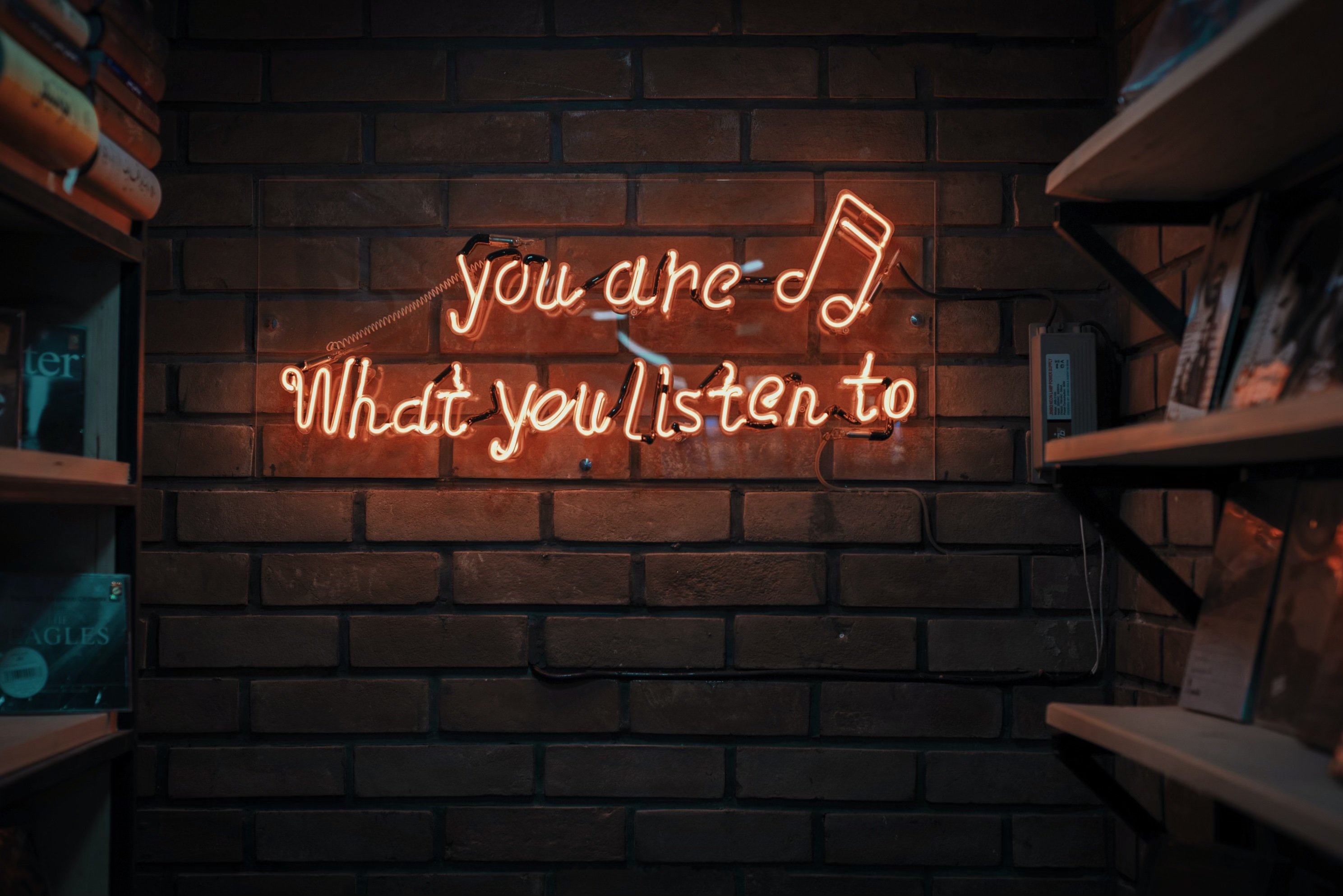Tuning Into Your Heart

Love Is a Frequency of Wholeness
We live in a world of duality, of opposites. The world of the senses. But we only perceive one per cent of reality with those senses. A world of frequency and information that informs reality exists outside of our senses. Our brain is a filter that edits it out (think dog whistles and ultraviolet light). It's like walking around in a huge, dark warehouse full of goodies with a tiny flashlight. We can only see what that narrow beam illuminates. If someone flips on the lights, we would see what was there all along, but we were unaware of it because we were limited to the narrow beam of the flashlight. Love is a frequency of wholeness. Nothing left outside of it or lacking. It's a state on nonduality, and our heart is its transmitter. As A Course in Miracles says, "What is all-encompassing has no opposite." We create static that interferes with what is always there. So how do we regain our awareness of that state of wholeness?
The Biology of Tuning In
Feelings of anxiety and frustration create erratic heart rhythm patterns. This sends a chaotic signal to the emotional centers of the brain that in turn, causes disregulation of the nervous system. Heartfelt emotions like appreciation, love, and compassion produce smooth heart rhythms that send a signal of order regulation to the brain. Learning how to shift out of stressful emotional reactions into heartfelt emotions can have a profound effect on the cardiovascular and nervous systems. It's a skill that can be learned.
So you have a heart-brain axis where your heart is the rhythm section, and your emotions are the conductor. When you get them in sync with each other, you create a highly organized state called coherence. Three minutes of heart coherence releases up to 1,300 chemicals into the body for repair and restoration. These effects can last up to six hours! You are activating your own inner pharmacy.
3-Minute Coherence Technique
There is a quick technique you can learn to apply in stressful situations. It helps to take the charge out of stressful emotions and decrease the chemicals of stress so they don't get stored in the body. It keeps the issues out of the tissues. It's best to do while you are experiencing the stressful event or as soon as possible afterwards. This technique has been taught to police officers to use after encountering stressful situations to lessen the probability of PTSD.
Place your hands over your heart or touch it with the fingertips of one hand. Put your attention on it. Imagine that your breath is flowing in and out of your heart center with each inhale and exhale. Then bring to mind a memory or person or place that is associated with an elevated feeling like gratitude, happiness, love, or peace. Feel the feeling as much as possible. (This can be challenging to do when you are stressed, but it counteracts the stressful emotions. Practice this technique when you aren't under stress, so that it will be easier to connect to the feelings when you are using it in a stressful situation.) Continue to "breathe" through your heart center and feel the elevated emotion for three minutes.
Music and the Heart
Music and the heart speak the same language of frequency. Music taps into our emotions, which makes it a very useful tool for counteracting stress and helping to put our heart into coherence. It bypasses the analytical mind. Listening to a song that connects your heart with elevated emotions is a fast track to coherence. Emotions are the chemical language of the body. We literally become what we listen to. This not only has implications for music, but for all the other media to which we expose ourselves. I am a big fan of creating a playlist for the emotions I want to experience more of (appreciation, peace, joy, confidence, love, etc) and I listen each day while walking or eating breakfast or getting dressed for the day. It's like putting myself on the "premium channel" for the day. Like being the DJ for my own jukebox. That said, music can also be used to help process difficult emotions. Emotions are "energy in motion," and the only bad emotion is a stuck one. Music can help us to fully feel and process them.
Composer, Barry Goldstein, writes transformative music that is written to correspond to a heartbeat of 60 beats per minute. His music is a great companion to meditation or simply relaxing, easing you into heart coherence and a state of calm. You can find Barry's music on music platforms and at barrygoldsteinmusic.com.
So what are you listening to? The inner orchestra of our body is conducted by our emotions, so it's important that we consider what we are doing each day that affects our emotions in positive and negative ways. You are the curator of what you are playing. Choose wisely.